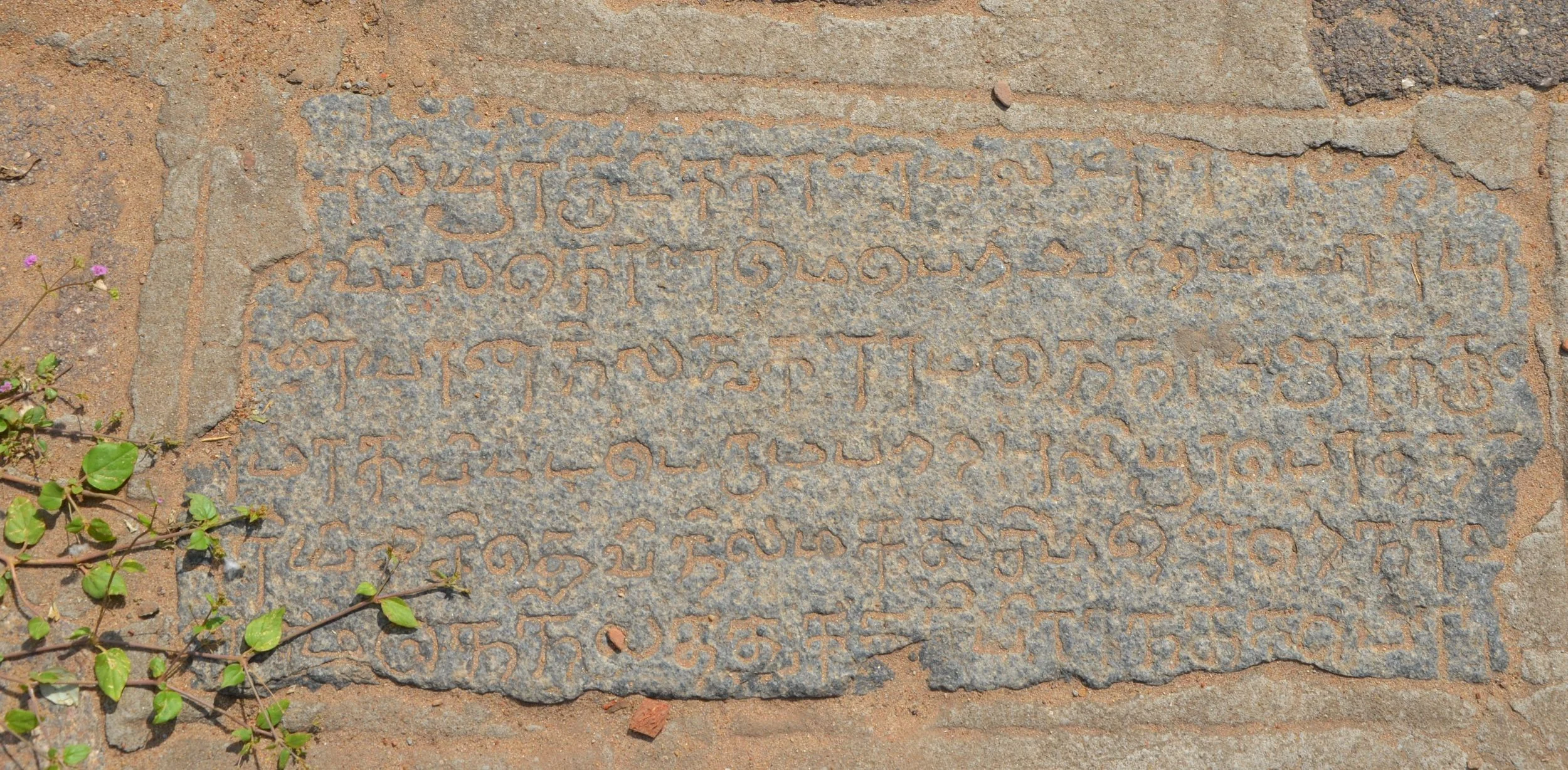With a penchant for exploring places off the beaten path, a prominent monument like the Taj Mahal eluded the bucket list until traveling to Rajasthan took us so close that a visit became inevitable.
The Taj is located in a small town called Agra with chaotic streets and generous people. We learned that over the past few years the government of India had put into action a plan to prioritize preserving and maintaining the Taj. The premises were clean and scaffolding indicated ongoing efforts.
As we made our way from the ticket counters, we kept catching veiled glimpses of the white marble dome through the surrounding red sandstone architecture. The first sight of the mausoleum as we entered the main gate was, cliché but true, breathtaking.
It was not just the purity of the white monument that was captivating, but the space around it. This void framed it perfectly. The sandstone and marble buildings on either side contrasted and enhanced its purity. The Taj was magnificent yet humble, in the way it reflected the constantly changing sky in pink and yellow chiffon. Mist from the river Yamuna afforded an ethereal ambience of the morning hours.
It was delightful to people watch and see expressions as they encounter the Taj Mahal. Hushed tones, quiet meanderings and many “one last” selfies, reflected a reverent audience that was utterly in its spell.
The Taj did not come across as an egoistic expression of an emperor. It revealed itself as a dedication to love, intended to jog our collective memory of motivations more eloquent than earthbound.




